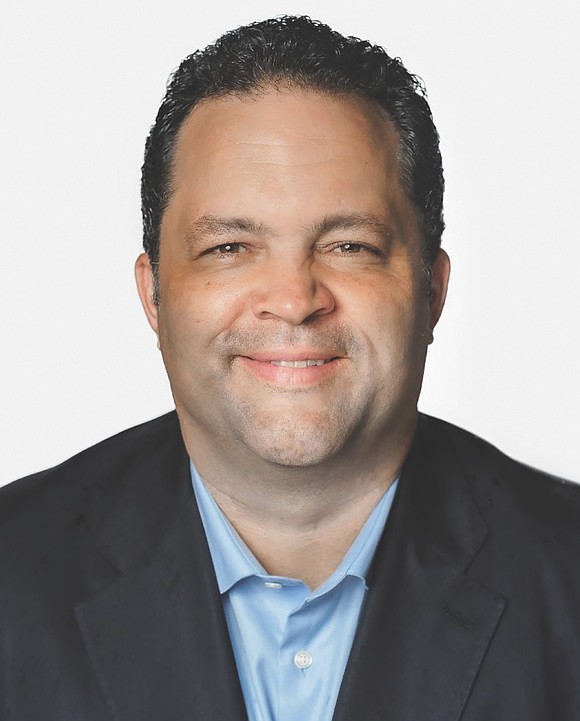When the blues hit home, family wages matter by Ben Jealous
10/30/2025, 6 p.m.
The old blues singer had it right: “When a lady gets the blues, she hangs her head and cries. When a man gets the blues, he grabs the train and rides.” The relationship between poverty and family breakdown has always been undeniable.
For de cades, conservatives have rightly sounded the alarm about family breakdown — declining marriage rates, rising single parenthood, children without stable households. Strong families are the foundation of strong communities. But here’s what we need to be honest about: You cannot build strong families on poverty wages.
The past year has made this undeniable. Grocery prices remain high. Rent keeps climbing. Child care costs are crushing families. MIT’s Living Wage Calculator shows even the cheapest county in the U.S. now requires $33.82 per hour for a modest two-parent household to cover basics. Against a $7.25 federal minimum wage, families are drowning.
Here’s what America literally cannot afford to forget: This year, videos went viral across MAGA social media claiming Donald Trump would raise the minimum wage to $25 an hour. The videos were false — Trump never made that promise. But their popularity revealed something crucial: Even Trump’s base knows the current wage system is broken. When working-class Americans across the political spectrum are that hungry for higher wages, it’s time we stopped treating this as partisan and started treating it as a family crisis.
So let’s imagine the president of the United States was actually willing to establish a family-sustaining wage. What would happen?
Marriages would increase. Geoffrey McAdam in Indiana works full time, earning just under $47,000 a year, and can’t afford independent housing, much less support a family. Research shows that when male wages decline, marriage rates plummet — not because values changed, but because men like Geoffrey don’t feel they can fulfill the provider role. Financial stress is the No. 1 cause of divorce. With family-sustaining wages, couples could weather emergencies instead of one car repair destroying their marriage.
Fathers could be present. Men working multiple jobs miss Little League games, homework help and dinner conversations. Men like Geoffrey who can’t afford housing delay fatherhood altogether. When fathers earn family-sustaining wages, they can work one job and actually be there.
Children would thrive. When parents aren’t working 60 to 80 hours just to survive, they’re home. Research shows minimum wage increases improve children’s health outcomes, educational achievement and emotional well-being. Child neglect reports drop — not because parents suddenly improve, but because they have resources and capacity to care properly.
Anneliese Jackson works in an Elgin restaurant earning $9 an hour after eight years, alongside single mothers who miss their children’s childhoods working exhausting shifts. With $30 an hour in Chicago, those mothers could work one job, be home for dinner, help with homework. The impossible child care math — $10,000 to $15,000 per year per child versus $15,080 annual earnings at $7.25 an hour — would finally work.
Communities would strengthen. When workers have money in their pockets, they spend it locally. Church attendance increases when parents have Sundays off. Volunteer rates rise. Little League teams get coaches.
Taxpayers would save $65 billion annually. Right now, we subsidize corporate payrolls through food stamps, Medicaid and housing assistance. That’s corporate welfare. A $25 federal minimum wage, phased in gradually, would reduce government dependency dramatically.
If the minimum wage had kept pace with both inflation and increases in corporate productivity since 1968, it would be $25 today. Workers haven’t gotten less productive — corporations have gotten vastly more profitable while wages stagnated. And with AI poised to drive corporate productivity dramatically higher over the next five years, that gap will only widen unless we act now.
The writer is a former president and CEO of the NAACP and a professor of practice at the University of Pennsylvania.







